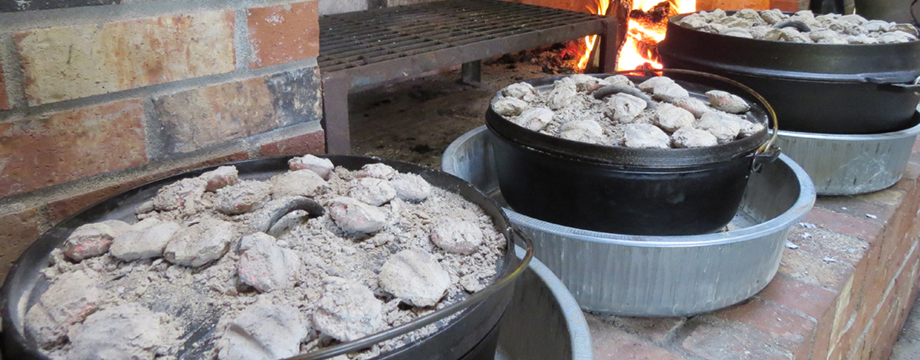We tend to talk a lot about how to pack for a camping trip; however, unpacking after a camping trip is just as important. Unpacking your gear properly, can make packing for the next trip fast, easy, and hassle-free. It will also help your gear last longer because this is a valuable part of caring for gear.
The challenge is: we’re tired from the amazing weekend we just had and all we want to do is take a hot shower and plop on the sofa or in our favorite easy chair. But unpacking does not have to be a chore. Here are a few, simple tips for making it quick and easy, starting in camp.
Pack for Unpacking
In camp, wash your pots and pans, and put them back in your chuckbox clean, dry, and organized so you don’t have to wash them when you get home. There is a chance that you might forget and the next time you get to camp, you might find all manner of nasty molds and stuff.
Pack it Right, the First Time
Again, in camp, take the time to pack it right. Whether you’re rolling your sleeping bag or taking down your tent, take the time and the care to do it right. This will save time when you get home because you won’t have to redo it so you can put it away.
When in Doubt, Air it Out
When you get home, if you know or suspect any of your gear is wet or even damp, pull it out and let it dry before you pack it away. Pull out your sleeping bag and hang it. Set up your tent outside on the lawn or inside the garage or house and let it dry while you unpack the car and stow all your other gear. Otherwise, you’re risking mildew and mold.
Clean and Dry
Take the time to clean and dry items before you put them away. Empty your cooler, rinse it out, and wipe it down with disinfectant so it’s clean and sanitary for the next trip.
Everything in its Place
Have a spot for your backpack, tent, sleeping bag, cooler, food tote, etc. When you know where everything belongs, it makes it easier to put away and easier to pull out for the next campout.
Don’t Unpack EVERYTHING
Some items can just “live” in your backpack, food tote or gear box and don’t need to unpacked. Things like your first-aid kit, flashlight, work gloves, etc. can stay in your backpack. Things like salt and pepper, food handling gloves, resealable bags, etc. can stay in your food tote. Things like extra tent stakes, mallet, lantern, etc. can stay in your gear box. Things that always go can stay packed where they belong.
Segregate Gear
Have separate compartments or sections for items that stay packed and items that don’t so you can quickly unpack the items that need to be unpacked.
Restock
As you’re unpacking, check consumables like batteries, baby wipes, salt and pepper, first-aid supplies, etc. and replenish right then or make a note to purchase and replenish before your next trip. This is also a perfect time to reflect on the trip and add items to the list that you wished you had. If this is the last trip of the season, you’ll want to remove things like batteries that might go bad or won’t winter well.
Trash Your Trash
Make sure to throw away or recycle all unwanted items. If something broke or just wore out on the trip, make a note to replace or repair it before the next trip.
Just Do It
Unpacking needs to be done and now is the time to do it. You have to unload it from the car anyway, you might as well do it right so it’s all ready to go for the next trip. You’ll feel better and will be able to truly relax in that easy-chair.
Make it Fun
Turn on some music, crack open a cold beverage, have a plate of snacks handy, and use this time to reflect on the weekend. You could even be looking ahead to your next trip.
When everything has been cleaned, dried, restocked, and put away, you can hit the shower, kick up your feet, and watch some TV or pick up that game controller for some well deserved couch-potato time.
If you like this blog and don’t want to miss a single post, subscribe to Chuck Wagoneer by clicking on the Follow Us button in the upper right corner and follow us on Facebook and Pinterest for the latest updates and more stuff!





























Recent Comments